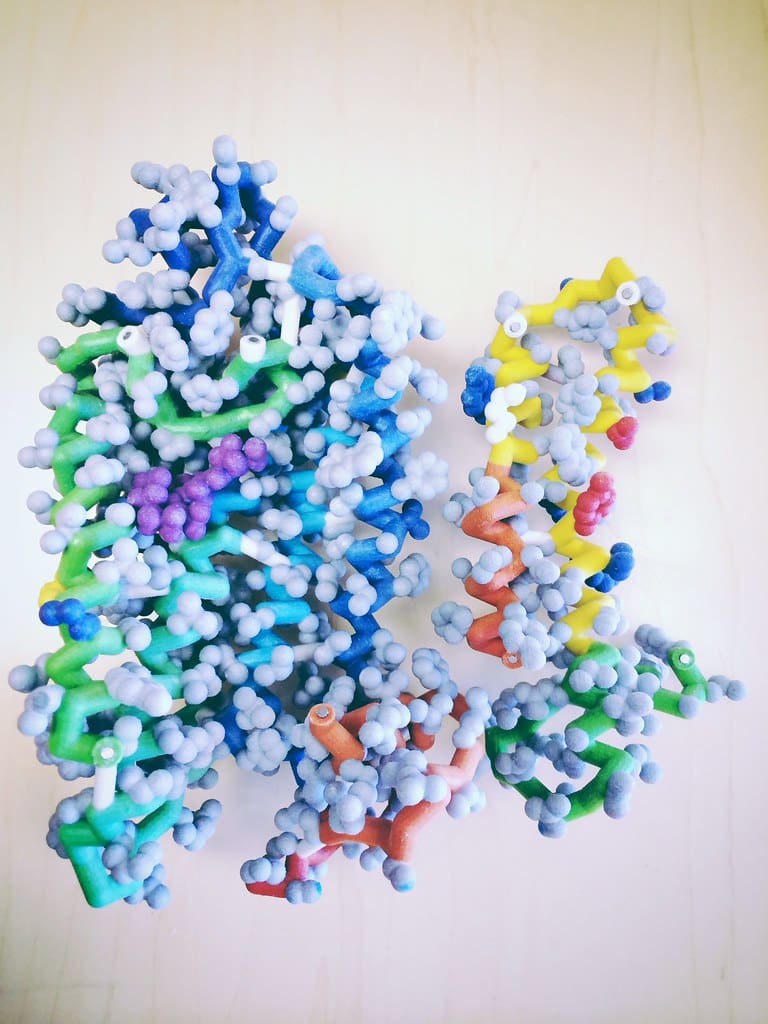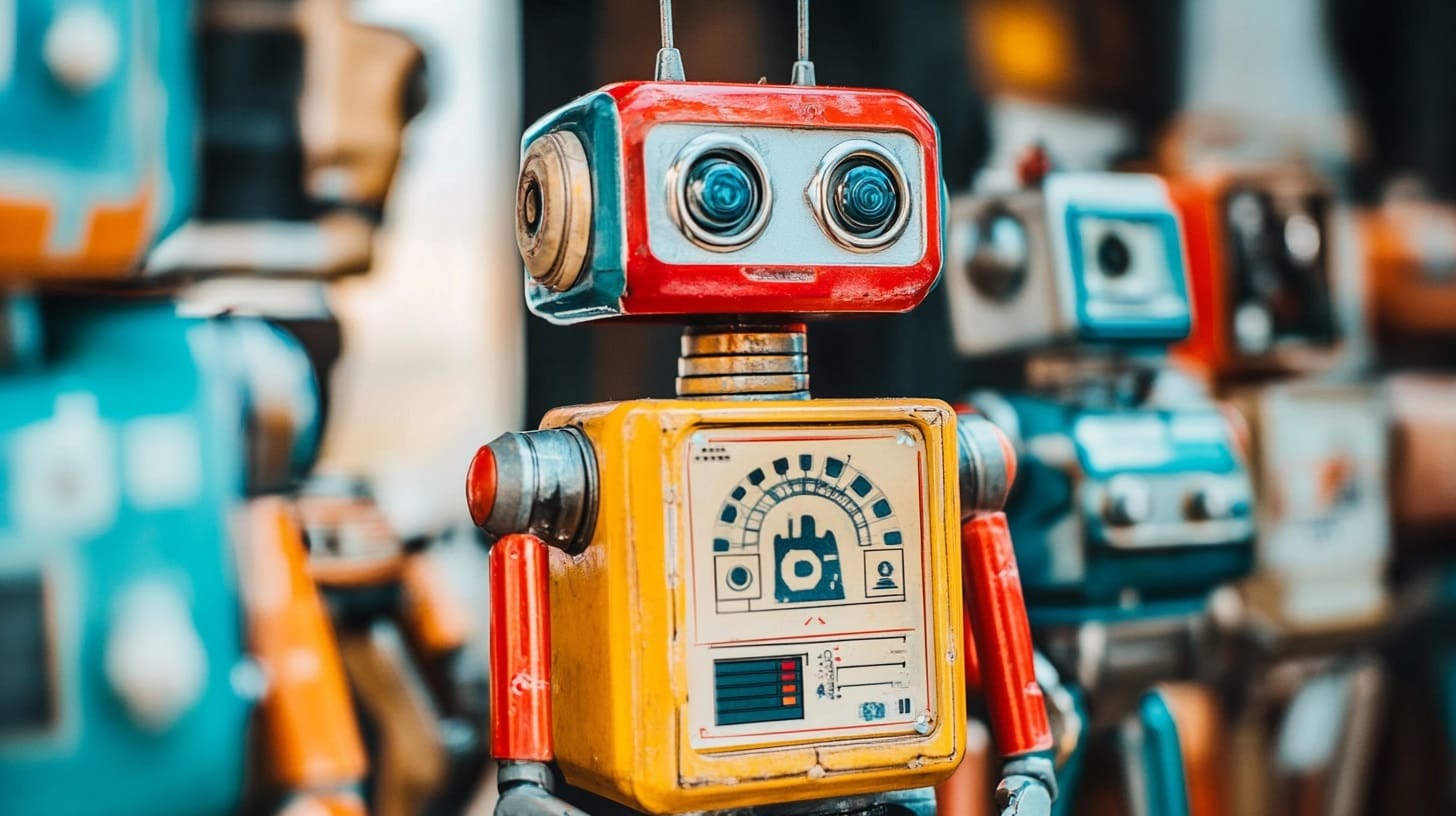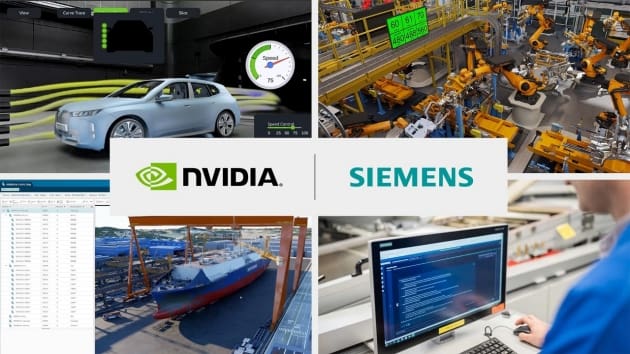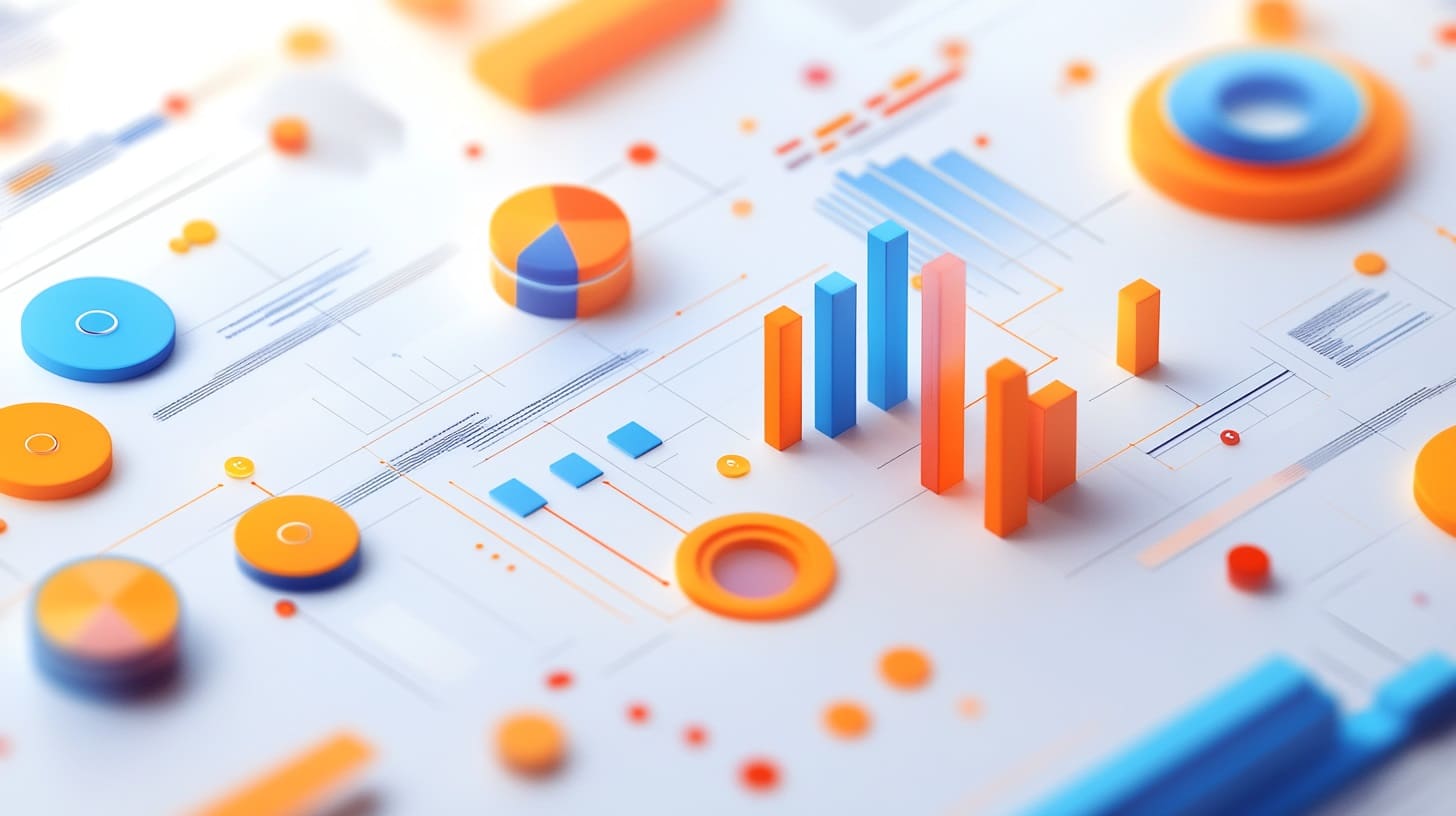Bioprocess engineering, which encompasses the design and development of systems for producing biological products, is pivotal in industries ranging from pharmaceuticals to food production. 3D printing, or additive manufacturing, is proving to be a game-changer in this field, offering novel ways to enhance the efficiency, flexibility, and innovation of bioprocessing systems. This technology facilitates the creation of complex bioreactor components, customized fluidic systems, and scalable production units, transforming traditional approaches to biomanufacturing.
The Emergence of 3D Printing in Bioprocess Engineering
Initially utilized for prototyping, 3D printing has rapidly evolved to support the direct manufacturing of functional, intricate components suitable for bioprocess applications. Advances in printer technologies and the development of biocompatible materials have enabled the precise fabrication of parts that meet stringent regulatory standards and functional requirements of bioprocessing environments. Today, 3D printing is not just reshaping how devices and systems are constructed but also redefining the possibilities for innovation in bioprocess engineering.

Advantages of 3D Printing in Bioprocess Engineering
Complex Component Fabrication: 3D printing allows for the construction of components with intricate geometries and integrated functionalities, such as internal channels for fluid handling or textured surfaces for enhanced cellular attachment. This complexity is crucial for optimizing the performance and efficiency of bioprocessing equipment.
Customization and Scalability: The technology enables the customization of bioprocessing tools and systems to specific production needs or research requirements, offering scalability from laboratory to industrial scales without significant cost increases.
Material Efficiency and Sustainability: Additive manufacturing minimizes waste by using only the material necessary to build a part, aligning with the sustainability goals of reducing the environmental impact of manufacturing processes.
Speed and Innovation: 3D printing facilitates rapid prototyping and testing of new bioprocess designs, significantly accelerating the development cycle and enabling quicker adaptation to new scientific findings or production demands.
Key Applications of 3D Printing in Bioprocess Engineering
Bioreactors and Fermenters: Custom bioreactor components, such as impellers, spargers, or sensor housings, can be precisely fabricated to improve mixing, aeration, and monitoring within culture systems. This precision enhances the growth conditions and yield of bioproducts.
Microfluidic Devices: 3D printing is ideal for creating microfluidic devices used in applications such as synthetic biology, drug screening, or personalized medicine. These devices require precise control of fluid flow and small-scale reactions, which are easily achievable with additive manufacturing.
Cell Culture Scaffolds: Tissue engineering and regenerative medicine benefit from 3D-printed scaffolds that provide structural support for cell growth. These scaffolds can be designed with specific porosities and surface chemistries to mimic natural tissue environments.
Packaging and Delivery Systems: In pharmaceutical manufacturing, 3D printing can produce customized packaging solutions that include advanced features like tamper-evidence, controlled release mechanisms, or integration of patient-specific dosing information.

Challenges in 3D Printing for Bioprocess Engineering
Despite its growing adoption, several challenges remain in fully integrating 3D printing into bioprocess engineering:
Material Compatibility: Materials used in 3D printing must be compatible with biological processes, ensuring they do not adversely affect the product or process. They must also withstand sterilization processes and resist corrosion by media or solvents.
Regulatory Compliance: Products manufactured for pharmaceutical or food industries must meet rigorous health and safety standards. Achieving regulatory approval for 3D-printed components can be complex, involving extensive validation of the printing process and finished products.
Technological Limitations: While 3D printing offers remarkable design flexibility, the technology’s current limitations in terms of speed, material choice, and resolution may restrict its application in large-scale or highly specialized manufacturing scenarios.
Future Directions in 3D Printing for Bioprocess Engineering
The future of 3D printing in bioprocess engineering looks promising, driven by continuous advancements in printing technologies, materials science, and digital design tools. Ongoing innovation is expected to expand the capabilities of 3D printing, enabling more widespread adoption across bioprocessing fields. Potential developments include the integration of sensors and electronics into printed devices for real-time monitoring and control, as well as advances in bioprinting for creating complex, multicellular structures.
3D printing is poised to continue its transformative impact on bioprocess engineering, offering new levels of efficiency, customization, and sustainability in the design and production of biological systems. As the technology evolves, it promises to play a crucial role in the future of biomanufacturing, enabling more efficient, cost-effective, and tailored solutions in various sectors reliant on biological processes.








